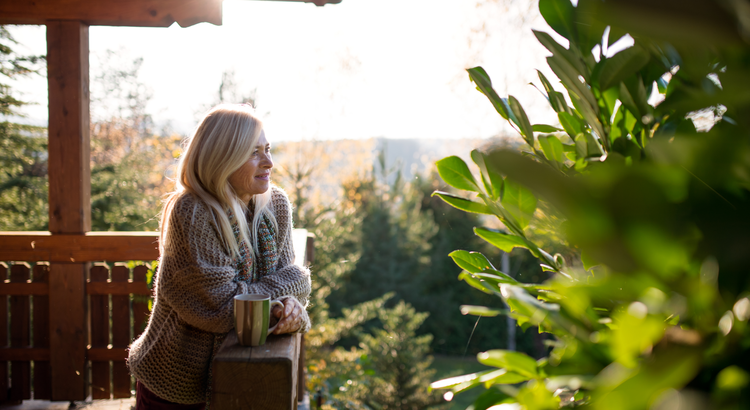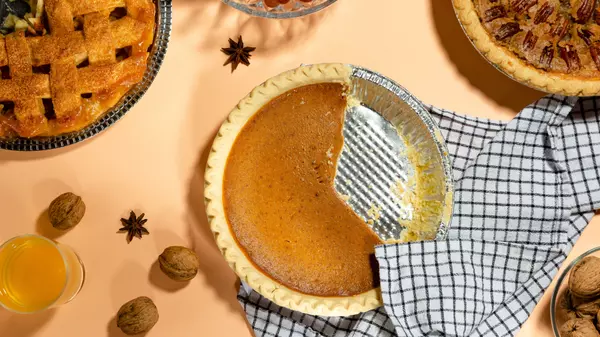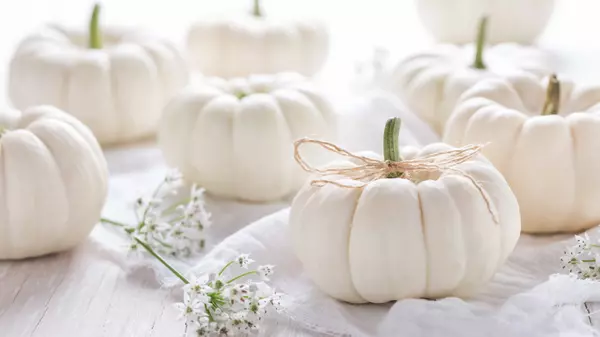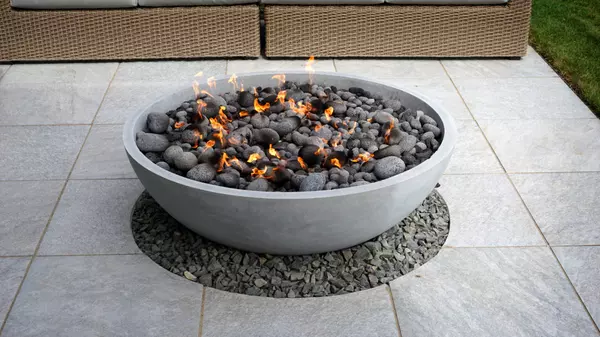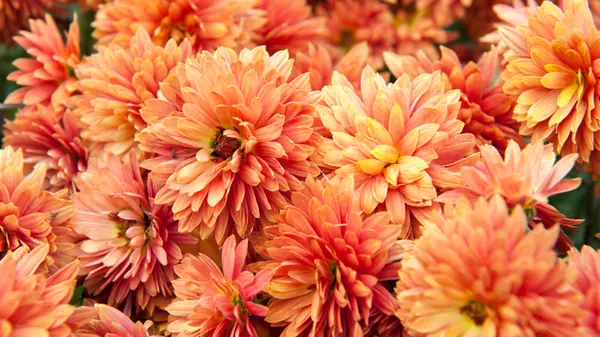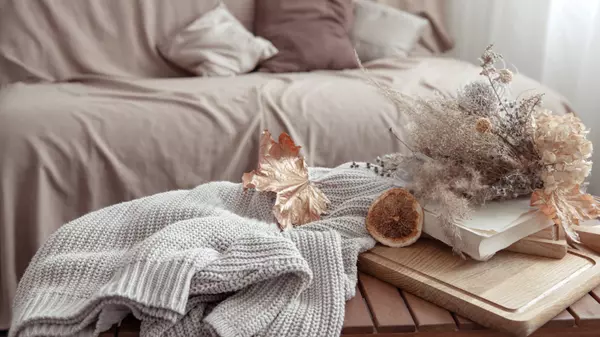
Getting Your Home Fall-Ready
Fall is right around the corner. With it comes dropping temperatures that can damage your home. How are you preparing your home for this transition from summer to autumn? Well, there are lots of steps you can take to keep your home cozy and efficient in the fall season. These are easy and affordable everyday activities you can do as part of your annual home inspection. They include: Clean, Organize, and De-clutter Cleaning, organizing, and de-cluttering your home gives it a tranquil and simplified ambiance into fall. Then, start by scrubbing all surfaces, including windows, doors, floors, and home appliances. Next, empty and organize your fridge, pantry, and storage areas. Here, check the expiration dates of your food supplies. Throw expired food, and donate the foodstuffs that won’t make it to the fall season. Third, de-clutter and donate your summer clothes and shoes. Also, clean and replace your bedding, towels, and linens. Decorate Your Home Did you know that installing cozy wallpaper or adding a vintage runner to your entryways can warm up your home for fall? And you can use your pottery and glassware to accessorize and create a fun centerpiece as a focal point in your living room. Donate your unused items in the store and turn the extra space into a hideaway room complete with accented lighting, a reading table, a lamp, a bed, and cozy pillows and blankets. Hang your woven baskets and add some fresh fall flowers for a tasteful look. Inspect Your Installations Not only should your home be clean and attractive, but it should also be functional. That’s why you should inspect your installations to confirm that they are in tip-top shape. Now is the best time to scrutinize and clean the filter furnace and change the humidifier filter too. Next, check the air quality in the attic. Here, you want to confirm that the insulation is working; all the air vents are clean, dry, and mold-free. Seal any air leakages into the attic to prevent ice dams from forming in winter. Finally, check for cracks in and outside your home. Call a professional to assess and repair any rift at least an eighth of an inch wide. Carry Out Preventive Maintenance Fall season Preventive maintenance will save you unnecessary utility bills and repair costs. Have the gutters clean and debris-free, with water flowing freely through them. Add a drain spout extension to divert water away from the foundation. Ideally, you want water to drain 4 to 6 feet away from your home. Next, inspect and repair any visible damage on your windows, door frames, and surrounding drywall. The weather-stripping should be secure to prevent drafts responsible for escalating heating bills. Test and replace fire alarms and carbon monoxide detector batteries. And reverse the ceiling fan to push the heat down from the ceiling to the floor. Work With a Professional Some areas around your home require professional handling only. For example, ask a professional to clean your chimney. And contact an HVAC professional to check the ductwork and tune up your heating system. Then, as a rule of thumb, call an expert to address any concerns you have after inspecting your home. A savvy homeowner is proactive in preparing their home for fall. Then, use the tips above to enjoy a comfortable, safe, and cost-efficient transition into the cooler season ahead.

How to Attract Hummingbirds to Your Yard
Getting more of nature’s feathered visitors takes more than just birdseed. That’s why we are sharing how to attract more birds to your yard. Read on for the best tips to help attract hummingbirds to your home! Tip #1: Location Where you place your bird feeder matters when it comes to attracting more feathered friends to your yard. If you seek to attract more than one type of bird (i.e., hummingbirds and sparrows), setting up a feeding station is recommended. If you have space, you can also separate your feeders since different birds have different ways of spotting food. Tip #2: Choose the Right Bird Feed Once you have established where you are putting your feeders, you’ll need to choose what you are putting in them. An easy-to-make mistake for those starting out is choosing a bird feeder that’s low quality. While you may not think birds are particular, you would be wrong. If you want your bird guest to make return visits, invest in quality bird feed. Choose the type of feed that will meet the nutritional needs of the kinds of birds you want to attract. Tip #3: Install a Bird Bath When it comes to attracting birds to your yard, there’s more to it than just the feeder and food assortment. Regardless of type, all birds need water; that’s why we recommend installing a birdbath as a way to attract even more birds to your yard. Just make sure you keep both the bath and the feeder clean for your safety and the birds. Tip #4: Add Color Surprisingly, birds love color, and the brighter, the better in this case. Similar to humans, they are some of the few animals that can also see in color. They rely on it for their day-to-day way of living and existing. Colors like red can be great for hummingbirds, with yellow and orange being known to attract birds, Orioles, and Goldfinches. Tip #5: Get a Birdhouse If you want to make a lifelong friend out of your backyard visitors, make them feel at home. We’re not saying leave your door open and set them up in the guest room. On the contrary, we’re talking about birdhouses. If you have young children, this can be a fun way for them to color their own birdhouse for the yard. Otherwise, we recommend choosing a size and type of birdhouse based on the size and type of the feathered friend you seek to attract.
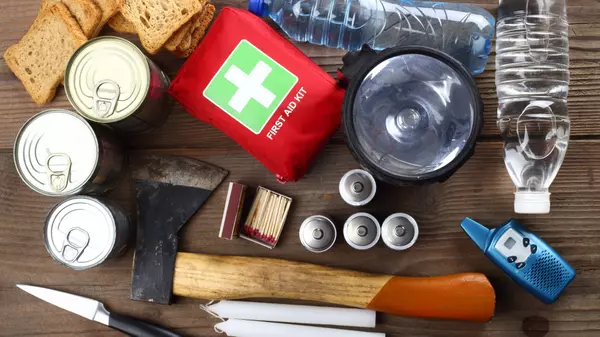
Fire Prevention and Safety Tips
When it comes to your home, it is important to stay safe. An emergency situation like a fire can happen at any time. Are you prepared? Read below for helpful tips on fire prevention for your home and how you can keep your family and abode safe. Kitchen According to the Federal Emergency Management Agency (FEMA), cooking is the leading cause of residential buildings. The best way to prevent this is to never leave things unattended, especially on the stovetop. If you plan on using the oven, make sure to set a timer if you must leave the room. Also, regular oven checks are a good idea! Keep the clutter to a minimum. Kitchen counters tend to be cluttered with many flammable items such as paper towels and oven mitts. Make sure to keep these things away from the stovetops. Bedroom Make sure to clean out closets and storage places regularly. Piles of clothes and papers can create a flammable hazard that can spread fire quickly. Avoid draping clothes on top of lampshades. The heat of the bulb can ignite clothing instantly. Use electric space heaters and blankets that are approved by nationally recognized testing laboratories. Electrical and Appliances Between 2010 and 2014, U.S. municipal fire departments responded to an average of 45,210 home structure fires involving electrical failure or malfunction. Appliances can short out and spark, which can turn into a disaster if you’re not at home. The National Fire Protection Association suggests you only use one heat-producing appliance (such as a toaster, coffee maker, etc.) plugged into a receptacle outlet at a time. Plug major appliances (Refrigerators, stoves, microwave ovens, etc.) directly into a wall receptacle outlet. Extension cords and plug strips should not be used for these items. Do not put electrical cords against the walls or under furniture where heat can build up. Never leave your home with the dryer running. Don’t overload an outlet with too many things plugged in. Clean out dryer lint traps and replace filters on your vacuum. Have your wiring checked out, especially if you live in an older home. Insurance In addition to your fireproofing efforts, ensure you know your home insurance or renters’ insurance policies in case of a fire.
Categories
Recent Posts
